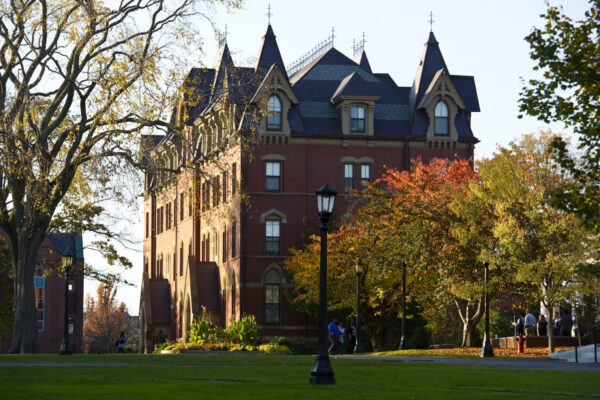New Report Finds Pell Grant Increasingly Does Not Cover Cost of Public Higher Education
Title: The Growing Gap: Public Higher Education’s Declining Affordability for Pell Grant Recipients
Source: National College Attainment Network (NCAN)
Students who receive Pell Grants regularly turn to public two- and four-year colleges and universities for affordable and accessible higher education. However, a new report from the National College Attainment Network (NCAN) found Pell Grant students are increasingly unable to afford public higher education institutions (HEIs) across the United States, with only 24 percent of four-year institutions and 40 percent of two-year institutions being considered affordable in the 2019-2020 academic year.
According to NCAN’s model, an institution is considered affordable for Pell Grant recipients if the total cost of attendance plus $300 for emergency or unexpected expenses is less than or equal to the total of students’ respective federal, state, and institutional awards or grants; federal student loans; expected familial contributions; average federal work-study award or part-time employment earnings; and full-time summer earnings. An institution is considered unaffordable when “[the] total price plus $300 exceeds the sum of financial aid, family contributions, and student wages,” leading to an “affordability gap,” or difference between what an institution costs and what a student can pay.
Pulling from the Integrated Postsecondary Education Data System, NCAN tracked the affordability of 524 public four-year and 622 two-year institutions between the 2015-2016 and 2019-2020 academic years. Key findings include:
- There are fewer affordable HEIs for Pell Grant students to attend (e.g., 21 states have fewer affordable HEIs in 2019-2020 than in 2015-2016)
- A significant portion of the U.S. college-going population is unable to access an affordable HEI (e.g., four states had no affordable HEIs and 11 states had only one affordable community college statewide)
- The affordability gap is growing (e.g., in 2019-2020, the average affordability gap for Pell Grant recipients was $2,627 at four-year institutions, a 59% increase from 2015-2016)
- There is a connection between college affordability, student persistence, degree attainment, and debt
To read the full report, please click here.
—Alyssa Stefanese Yates
If you have any questions or comments about this blog post, please contact us.


